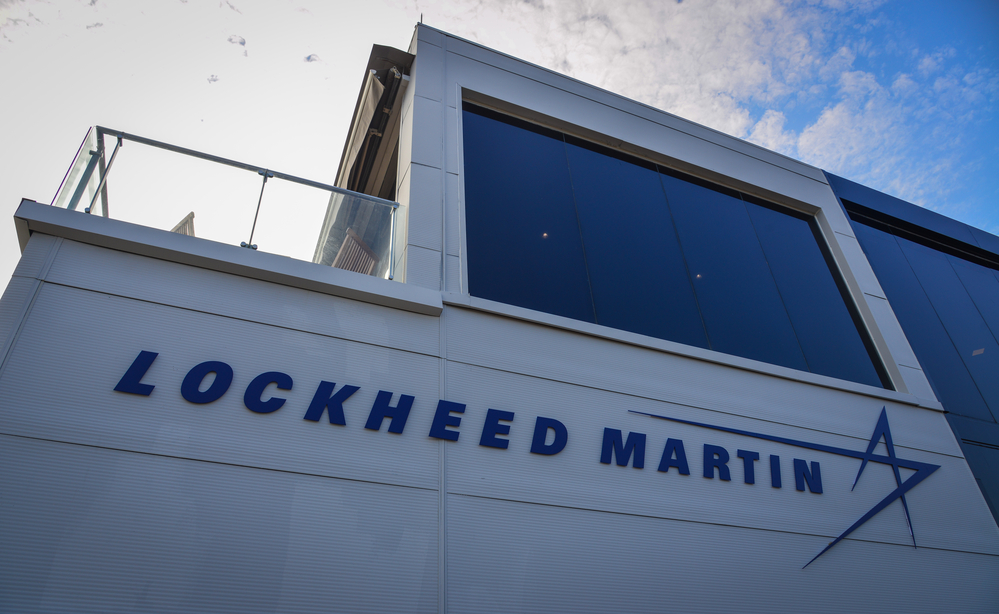
Global security and aerospace company Lockheed Martin secured a contract worth nearly $59 million to design prototypes for a new Terrestrial Layer System-Brigadej Combat Team program (TLS-BCT). The outfit is intended to provide soldiers a modern host of electronic cyber, warfare, and signals intelligence capabilities.
The Army considers the TLS-BCT as representative of the next-generation platform that advances the service on a path towards joint, all-domain operations that is more satisfying, all the way around. They hope it will introduce a more holistic approach to both planning and active fighting efforts. Designed to boost awareness and to offer troops more options for offensive tactics able to deny or even potentially degrade enemy systems.
Officials with the Army have intimated that the TLS-BCT certainly has the ability to assist in the defeat of contemporary threats on what has increasingly become a digital battlefield. Modern warfare, of course, requires a control of the overall electromagnetic spectrum, at its core; upon which allied communication relies, and through which it is easier to identify and suppress potential adversaries.
According to Ken Strayer, project manager for electronic warfare with the
Army Program Executive Office for Intelligence, Electronic Warfare, and Sensors, “The new integrated suite of signals intelligence, electronic warfare, and cyberspace operations provides the warfighter with critical situational awareness of the enemy through direction, identification, location, exploitation, and disruption of enemy signals of interest.”
While the deal was announced on Wednesday July 13, it is only Lockheed Martin’s latest progress towards this objective. Indeed, the Bethesday, MD-based defense company won a separate, second-round contract worth $9.6 million this past September. At that time, Lockheed revealed a plan to invest a couple of months to finalize both the hardware and software designs before fully implementing them.
